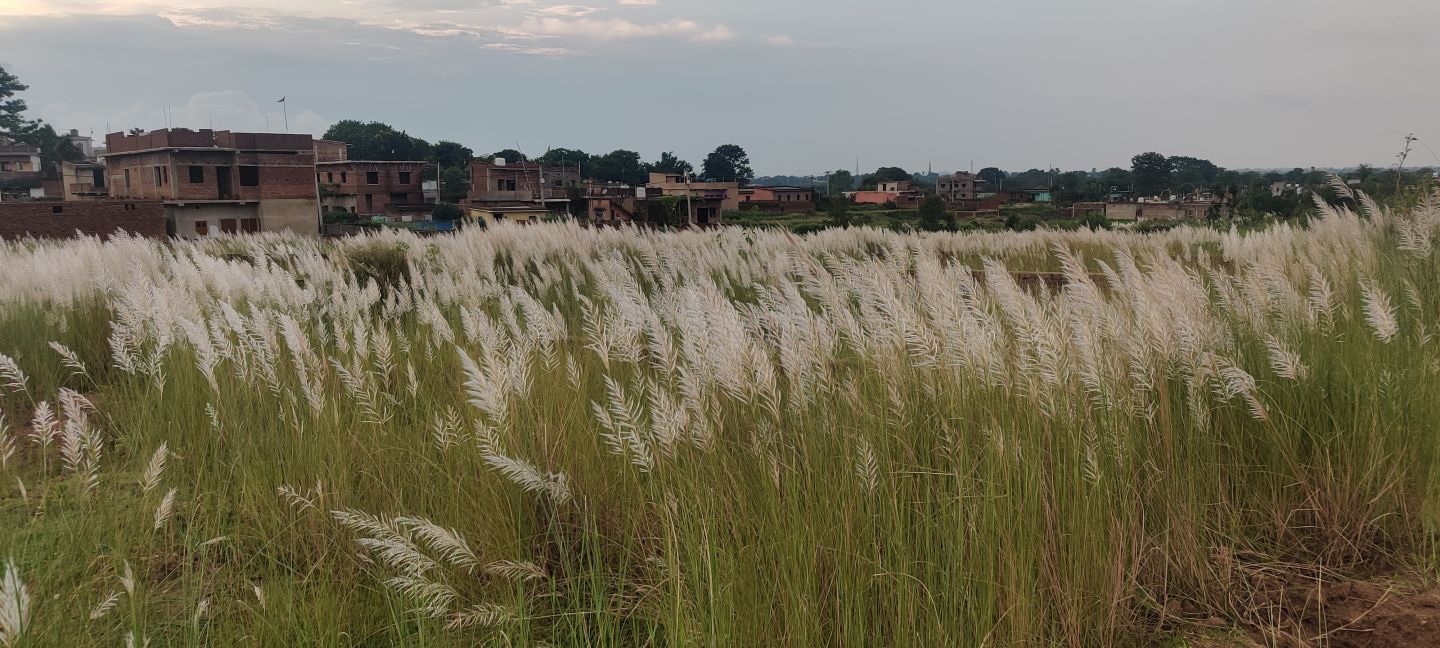The dry weight of organic matter produced by plants, their derivatives and wastes are called as BIOMASS. The biomass includes crop residues, plant parts, body parts of dead animals and animal wastes. As biomass is created due to photosynthesis by plants, so energy from biomass or bio wastes is regarded as another form of solar energy.
I. Method of Harnessing the Biomass Energy
The energy from biomass and bio wastes is very cheap, renewable and nearly pollution free, It is obtained through following ways:
(I) By incineration (or by controlled burning in a container called INCINERATOR).
(ii) By converting some of the biomass into alcohol through thermo chemical process for using it in engines.
(iii) By making biogas (or gobar gas) through biochemical conversion, i.e., anaerobic or aerobic.
The Aerobic conversion needs air whereas the anaerobic conversion does not need air. Most of the biogas is methane (CH4) at normal temperature and pressure.
II. Potential of Biomass Energy in India
Biomass energy has a vast potential.
One cubic metre of biogas derived from biomass contains about 6000 calories which is equivalent to 0.8 litres of petrol, or 0.6 litres of crude oil or 1 .5 m3 of natural gas or 1 .4 kg of charcoal or 2.2 KWH of electric energy.
So, biogas can be used for cooking, lighting, driving engines, pumping water, running chaff cutters, flour mills and other rural industries.
Estimates show that biomass can produce 22,500 million cubic metres of methane (commonly called as Gobar Gas) and 206 million metric tonnes of organic manure every year. All this proves its immense potential as an alternate source of energy.
III. Limitations and Environmental Implications of Biomass Energy
Methane is produced through biological decomposition of biomass in humid or watery conditions. This is why methane is also called as Marsh Gas.
Methane is a heat absorbing gas. It can absorb heat many times more than by carbon dioxide. These gases escape high into the atmosphere and contribute to the global warming.
The only limitation of biomass energy sources is their availability. Population explosion and urbanization has already put excessive pressure on available cultivable land. So, where is the land for the development of more biomass?




